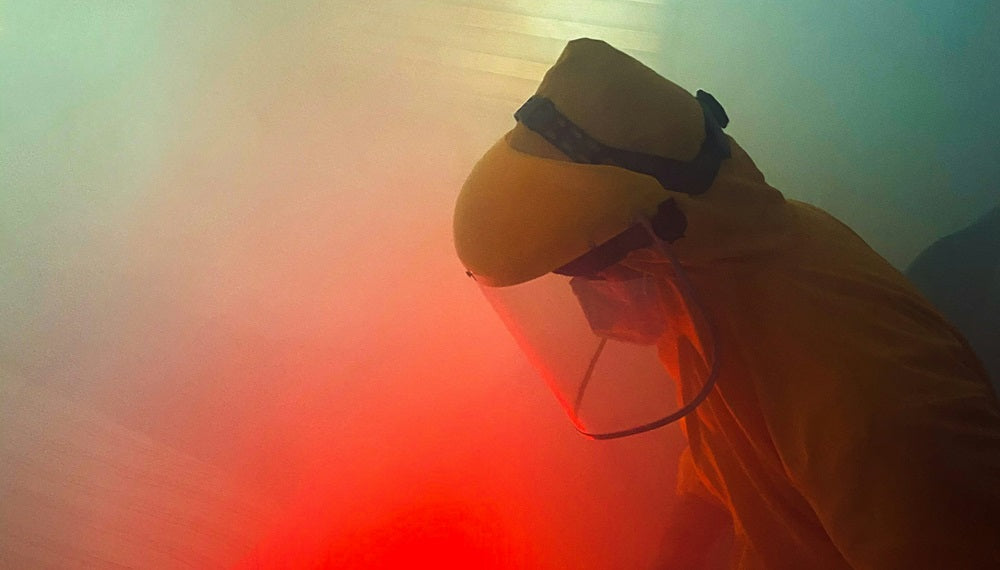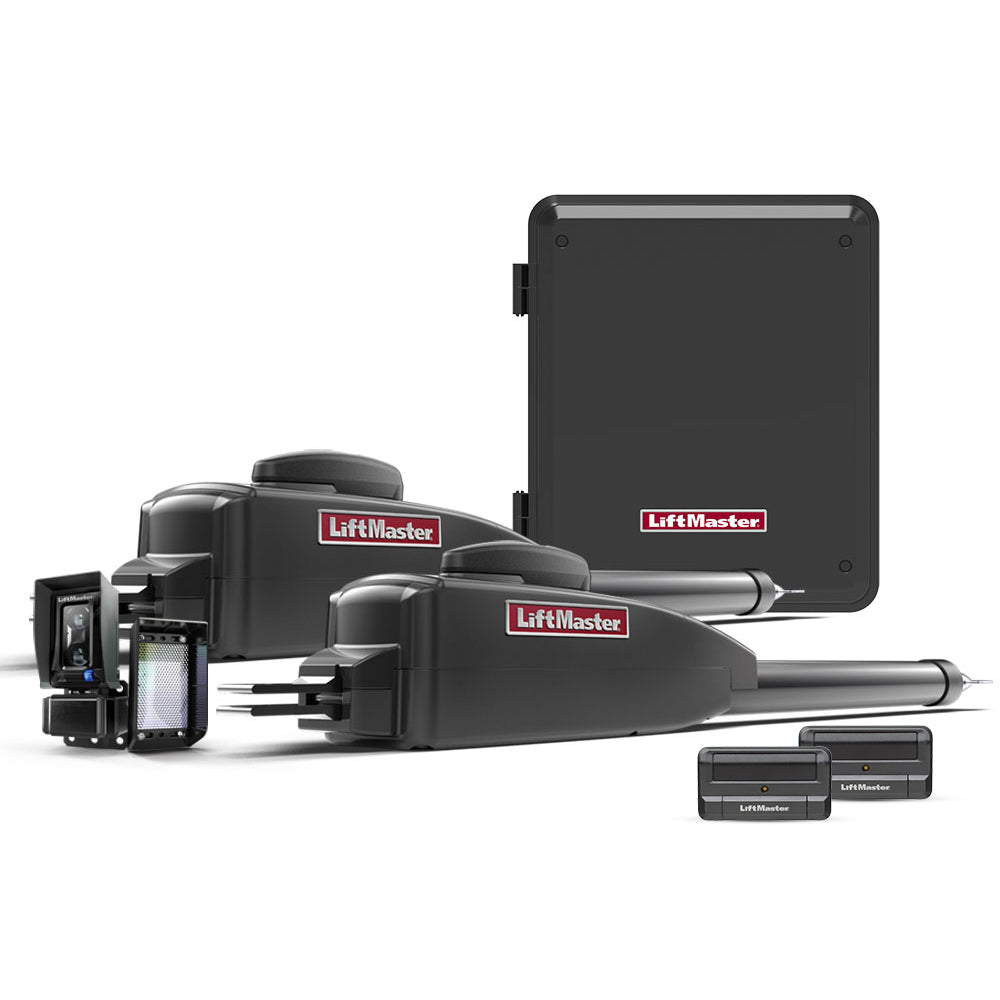For over one hundred (100) years, hazmat suits have protected frontline workers from plagues, toxic substances, contagious diseases, hazardous atmospheres, and so many other threats that constitute grave danger to them.
In modern times, the use of hazmat suits has extended to several other professions that did not previously consider it a necessity.
Thanks to organizations like the Occupational Safety and Health Administration (OSHA), no worker is allowed to go into a highly contagious or toxic environment without the use of personal protective equipment (PPE) like the hazmat suit.
Continue reading to learn more about hazmat suit protection levels and how to choose the right one for you and your team.
Understanding Hazmat Suits
Hazmat suit is a short for hazardous material suit, and it was developed around 1910 – 1911 during the Manchurian plague. According to the United States Department of Homeland Security, a hazmat suit is “an overall garment worn to protect people from hazardous materials or substances, including chemicals, biological agents, or radioactive materials.”
Essentially, a hazmat suit is a piece of personal protective equipment worn by a person to protect them from biological, chemical, or environmental hazards.
Today, many frontline workers and first responders rely on hazmat suits to carry out their duties without the fear of contracting a disease or being poisoned.
People who typically wear hazmat suits include:
- Firefighters
- Paramedics
- Emergency medical technicians
- Military personnel
- Researchers
- Scientists in labs/ the field
- Frontline personnel in charge of toxic spills
- Specialists in charge of cleaning up contaminated facilities
- People rescued from chemically toxic environments
Note:The list above is not an exhaustive list of all the people that use hazmat suits.
Hazmat suits are designed to protect against:
- Chemical agents
- Highly contagious diseases
- Nuclear agents
- Biological agents
- Extreme temperatures
Hazmat suits work by employing materials like rubber, Teflon, heavy PVC, and Tyvek (for chemical threats). In case of biological threats, hazmat suits work by providing a fully sealed environment within the suit, fully protected from the external environment.
Some hazmat suits combine insulating and reflective materials to protect against extreme heat and fire.
The Various Levels of Protection Offered by Hazmat Suits
To ensure that the appropriate type of hazmat suit is worn by any frontline or rescue worker entering an area with known hazards or one with potential hazards, the Environmental Protection Agency (EPA) developed a four-tier labeling system to indicate the level of protection offered by a hazmat suit.
These tiers were labeled as Level A, Level B, Level C, and Level D. Level A referred to hazmat suits with the highest level of protection, and Level D referred to the least protective hazmat suits.
Below is a breakdown of all the various levels
Level A Hazmat Suits
Hazmat suits labeled as level A hazmat suits offer the highest level of protection against liquid chemical splash, gases, vapors, mists, particles, flash-fire, extreme heat, and electric arc in some cases. Level A hazmat suits are the holy grail of personal protective equipment (PPE).
Level A hazmat suits are fully sealed and air-tight with a self-contained breathing apparatus, also known as SCBA. Level A suits come with inner and outer chemical-resistant gloves, steel safety shoes, and a two-way radio.
Level A hazmat suits offer the highest level of protection for skin, eyes, respiratory system, and mucous membranes.
When should you use a Level A hazmat suit?
A level A hazmat suit is required when the hazard in an area has been recognized as a high-level threat to the eyes, skin, respiratory, and nervous systems.
Confined spaces and poorly lit spaces typically require level A suits.
The Mira Safety Haz-Suit Protective CBRN hazmat suit is a level A suit.
Level B Hazmat Suits
Level B hazmat suits offer the highest level of respiratory protection but a much lower level of skin protection than level A hazmat suits. Level B suits protect against liquid splash, but chemicals and vapors are likely to penetrate a level B hazmat suit.
Level B hazmat suits feature a similar apparatus ensemble to level A hazmat suits, except they are not fully sealed and may not come with a cooling system or outer gloves.
When should you use a Level B hazmat suit?
The level B hazmat suit is commonly used when the potential hazard has been identified, and the primary hazard in the area is in liquid form, not gaseous or heat-based.
Level C Hazmat Suits
Level C hazmat suits offer the same level of liquid splash protection for the skin as level B but without any protection from chemicals or vapor. The respiratory protection level is lower than the one offered by level B hazmat suits.
When should you use a Level C hazmat suit?
Level C hazmat suits are used when there is minimal risk of the hazardous material on site contacting the skin and when the concentration and type of airborne hazard have been identified.
Before using a level C hazmat suit, make sure the criteria for using air-purifying respirators have been fully satisfied.
Level D Hazmat Suits
Level D hazmat suit is sometimes referred to as a simple work uniform since it doesn’t provide any respiratory protection and only offers minimal skin protection. Level D hazmat suits should only be used in an atmosphere that contains at least 19.5% oxygen.
When should you use a Level B hazmat suit?
Level D hazmat suits are typically used when there is little to no known hazard in the work area, and there is very minimal risk of splashing, inhaling, evaporating, or directly touching hazardous materials.
Level D hazmat suits MUST not be used for chemical emergency response.
Keep Your Team Safe With High Protection Hazmat Suits – All Security Equipment
Mira Safety Haz-suit is a top-tier protective hazmat suit that has been vigorously tested and certified to protect from over 125 chemicals, including chemical warfare agents (CWA) and toxic industrial chemicals (TIC).
Mira Safety is a world-renowned brand that specializes in the manufacture and distribution of safety masks, respirators, hazmat suits, and other PPEs. Protect your team with the best hazmat suit on the market by choosing one from Mira Safety.
At All Security Equipment, our no. 1 mission is to provide customers like you with high-grade security accessories and safety equipment from trusted and reputable brands worldwide. Our massive collection features everything from military-grade duct tape to OSHA-approved hazmat suits.
If you need any help finding the right product for you and your team, reach out to our team and let us find the perfect product together!












